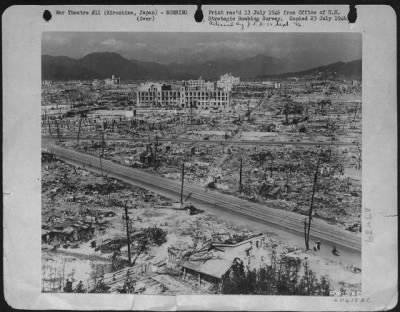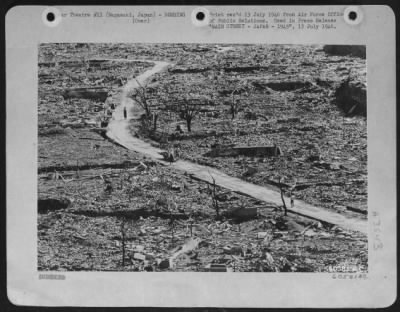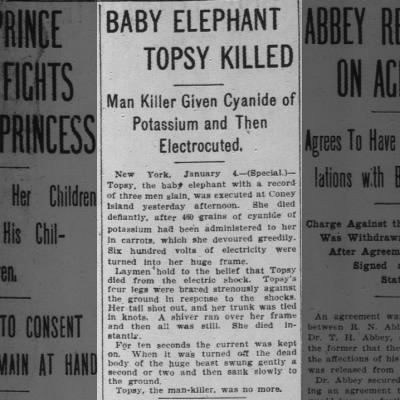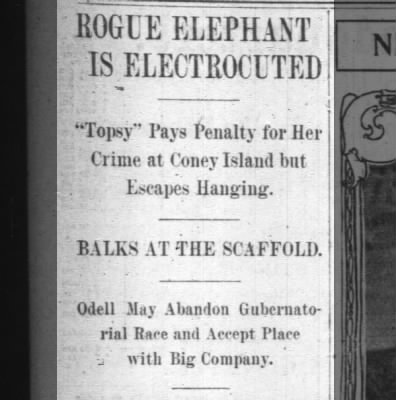 Miep Gies
Miep Gies15 February 1909 – 11 January 2010
Miep Gies, who helped Anne Frank and her family avoid capture by the Nazis for more than two years and safeguarded the young Holocaust victim's famous diary for posterity, has died at age 100.From CNN.com:
Gies was among a team of Dutch citizens who hid the Frank family of four and four others in a secret annex in Amsterdam, Netherlands, during World War II... She worked as a secretary for Anne Frank's father, Otto, in the front side of the same Prinsengracht building.
The family stayed in the secret room from July 1942 until August 4, 1944, when they were arrested by Gestapo and Dutch police after being betrayed by an informant. Two of Gies' team were arrested that day, but she and her friend, Bep Voskuijl, were left behind -- and found 14-year-old Anne's papers.
From BBC.co.uk:
It was Mrs Gies who collected up Anne's papers and locked them away, hoping that one day she would be able to give them back to the girl.In the event, she returned them to Otto Frank, who survived the war, and helped him compile them into a diary that was published in 1947.
... "We did our duty as human beings: helping people in need."






